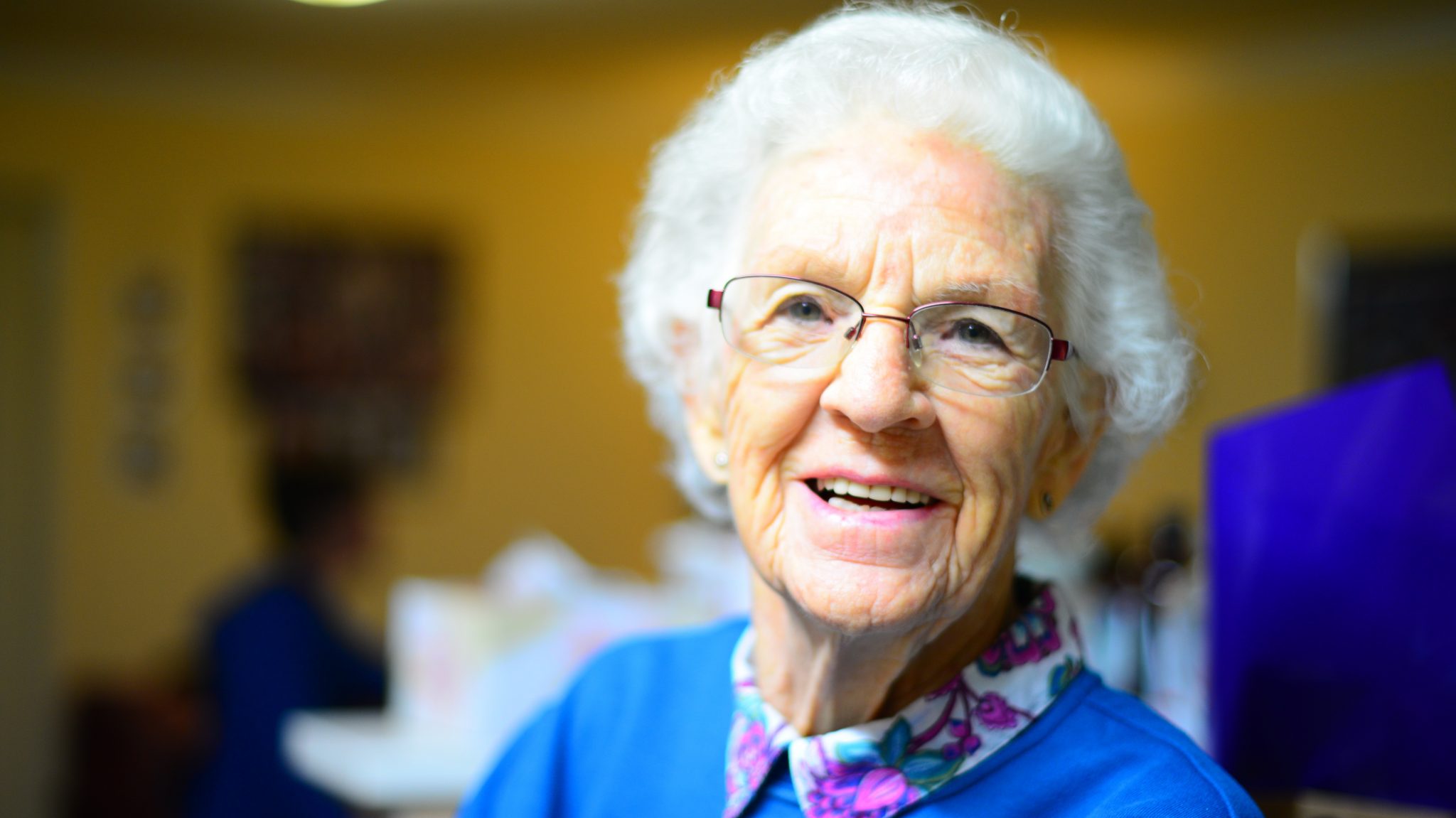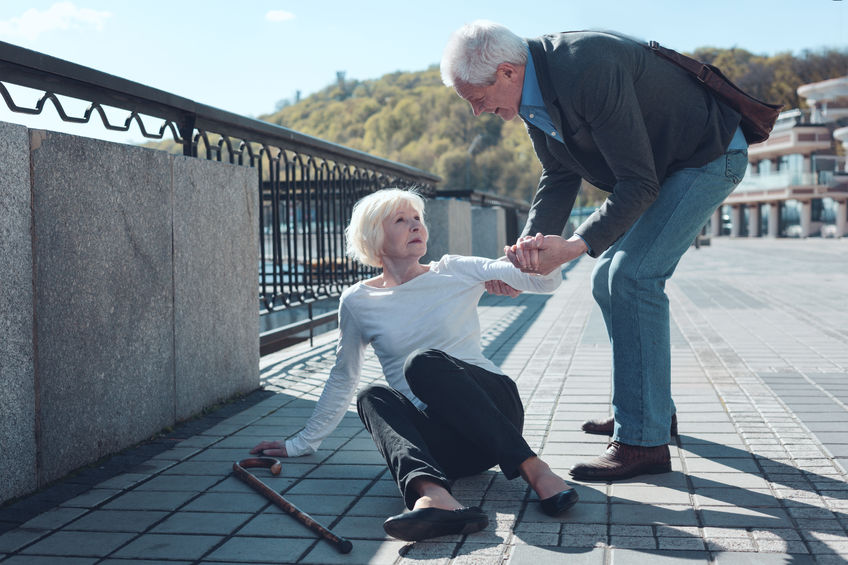
Can Exercise Reduce Your Risk For Dementia?
May 7, 2018
Parkinson’s Disease – What You Need to Know
July 10, 2018Avoiding falls in the senior population
Falling is a serious problem among older adults. Falls can lead to serious injury and long-term consequences. Understanding falls among older adults can help loved ones reduce the risks of falls and protect older adults’ health and safety.
Causes of falls among older adults
There are a number of things that contribute to falls in older adults. Some of these factors can be controlled with lifestyle changes and support from caregivers while other factors cannot be controlled in adults’ lives. Here are some common causes of falls among older adults:
• Reduced mobility due to age and frailty
• Illness, such as one that causes dizziness or unsteadiness
• Injury, such as one that affects mobility
• Medication side effects
• Numbness in feet and/or legs
• Dehydration
• Chronic pain
• Urinary incontinence or frequent, urgent trips to the bathroom
• Brain or mood disorders, such as dementia
• Improper environment, such as shoes that do not fit
Though all of these causes can contribute to falls among older adults, dizziness is another significant risk factor. Dizziness can be brought on by medications, illnesses, low blood pressure, and other conditions. Dizziness can lead to unsteadiness. When paired with other risk factors, this can lead to an increased risk of falls in older adults.
Effects of falls
While falls can be painful for all people, they can be particularly harmful for older adults. In fact, falls among older adults are a significant cause of serious injury or complications after an injury or surgical procedure. Since older adults are often frailer, they may break bones or dislocate joints, even from a short fall.
If the fall comes after a surgical procedure, such as in the hospital, there is a risk of harm to the surgical site, infection, or additional injuries that would lengthen the hospital stay and potentially cause distress to the patient and family.
Due to the injuries that older adults can experience after a fall, there can be long-term consequences. For example, a bone break or dislocated hip can mean the older adult is no longer able to walk independently.
Treating falls
If an older adult experiences a fall, the first step should be to seek medical attention. Even if the fall seems minor or that no injury occurred, seeking medical attention will ensure that everything is okay and address any problems that may have occurred. Not only will a physician determine if any injuries have occurred but the physician will help determine the cause of the fall, which may be another area of health that needs to be addressed.
If an injury has occurred, such as a broken bone or dislocated hip, the physician will develop a treatment plan to be carried out for the older adult. This may include a rehabilitation program and ongoing care.
The physician may also develop a treatment plan to address the cause of the fall. For example, if an older adult’s medication is causing dizziness, a physician may adjust the dosage or change the medication completely.
Preventing falls
Preventing falls is an effective way to prevent the negative effects of falls in older adults. While not all causes of falls can be avoided, such as frailty and limited mobility, there are measures that can be taken to reduce the risk of a fall at home.
Environmental factors
Environmental factors refer to the elements of the home that can contribute to a fall. Uneven or changing floor environments, such as area rugs, stairs, or a sunken living room, can lead to a fall, especially if the older adult is not familiar with the home. Paths should be even and clear of clutter. Inclines, ramps, and stairs should have handrails.
Along with this, older adults should have shoes that fit well or slippers with non-slip bottoms to minimize the risk of falls when walking. If mobility is limited, assistive devices, such as canes or walkers, should be available.
Lifestyle factors
The environment is only one component of fall prevention. Even with the environment safe, older adults are at risk of falling. Fortunately, some lifestyle changes can be made to further reduce risks. This includes providing assistance and support for older adults when needed. For example, if mobility is limited, assistance should be provided to move throughout the home.
It is also recommended that older adults remain as active as possible. Older adults who are active are less likely to experience falls. Physicians can provide recommendations for what activities are safe.
Even with preventive measures, falls can happen. If your loved one is recovering from a fall and needs assistance or rehabilitation, the staff at Maplewood Sauk Prairie would be happy to help.


